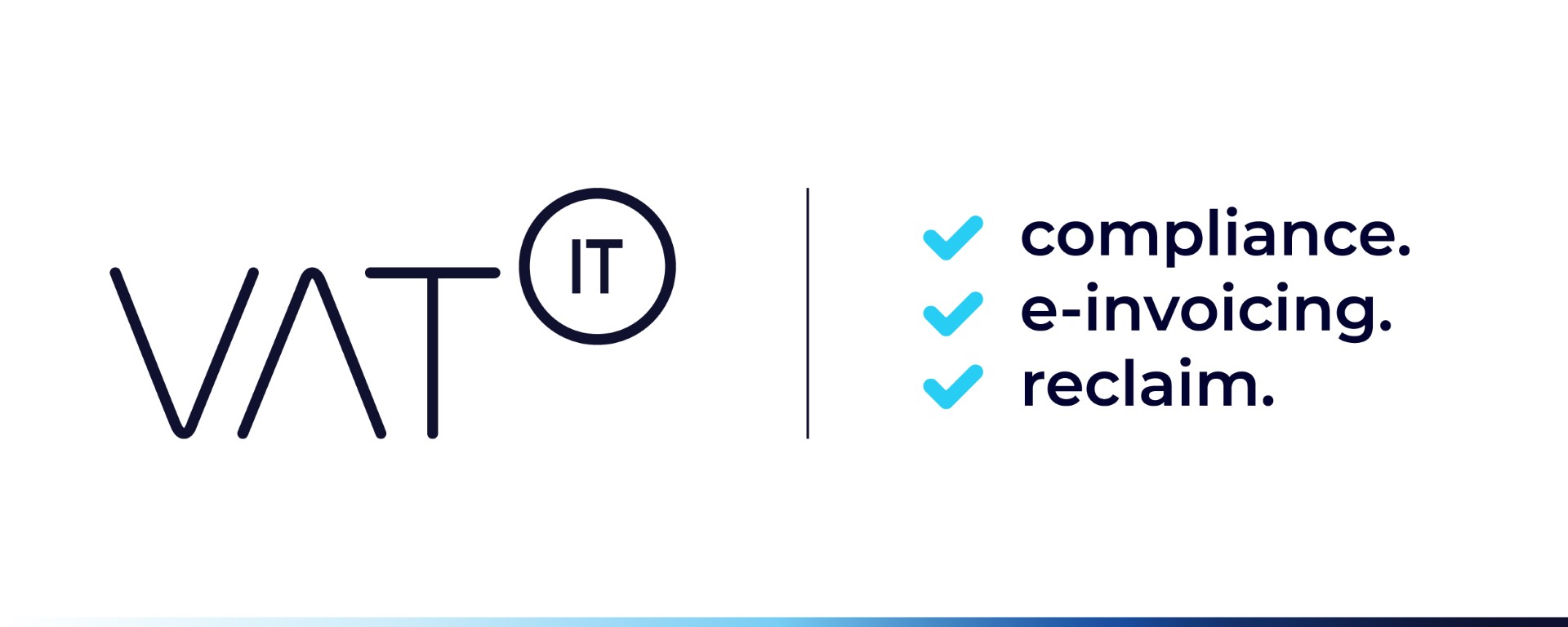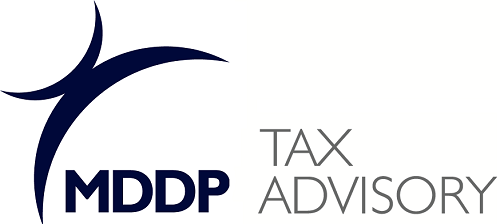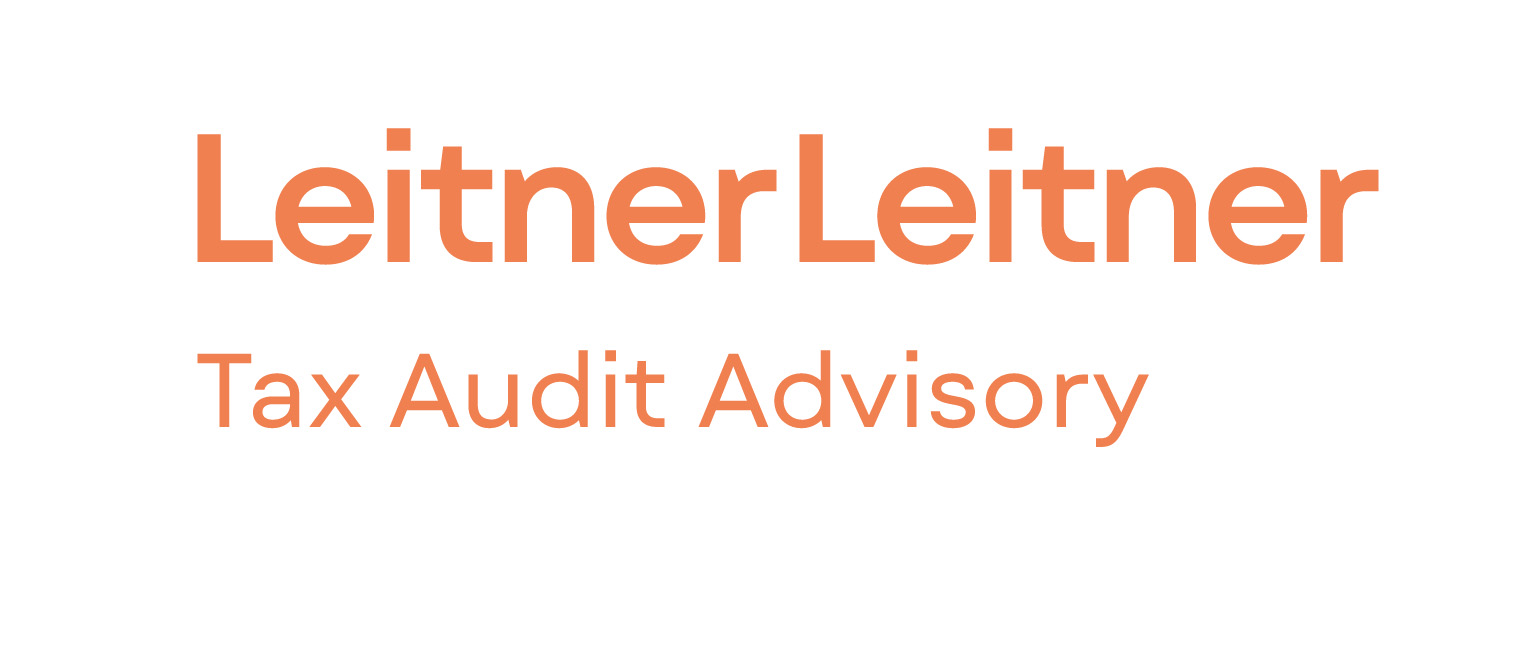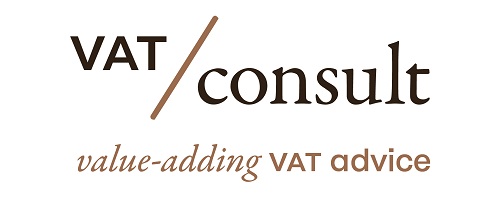- Tax Data Sharing obligations like DAC7 are important for inhouse tax teams
- A mental model is helpful for understanding and explaining data sharing obligations
- Tax Data Sharing involves seven steps: Scoping, Collection, Validation, Aggregation, Notification, Submission, and Inquiries
- Platforms need to understand if they are within the scope of Data Sharing Obligations in different countries
- Data Sharing regulations are based on OECD’s Model Rules for Reporting by Platform Operators
- Regulations like DAC7 and Digital Platform Reporting Rules do not have a minimum threshold for platform size
- Data Collection is a crucial step in the process, requiring coordination with product and communications teams.
Source: fonoa.com
Click on the logo to visit the website
Note that this post was (partially) written with the help of AI. It is always useful to review the original source material, and where needed to obtain (local) advice from a specialist.
Latest Posts in "European Union"
- CJEU Clarifies 0% VAT Documentation for Intra-Community Supplies: Key 2025 Ruling for Businesses
- Key CBAM Changes for EU Importers Effective January 2026: New Thresholds and Reporting Rules
- GENA Urges EU to Harmonise and Expand Digital E-Invoicing in Public Procurement Reform
- Audit Office Monitors Council’s VAT Filing Amid Potential £600k HMRC Fine Risk
- EU VAT Gap 2023: Key Findings, Country Comparisons, and Policy Insights from Mind the Gap Report















